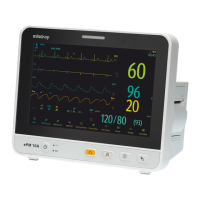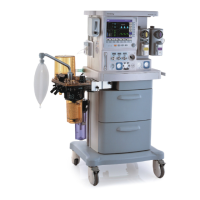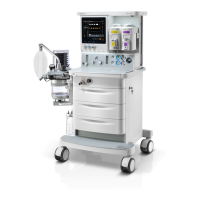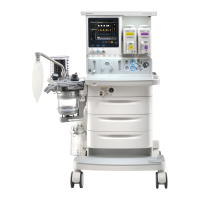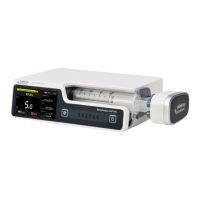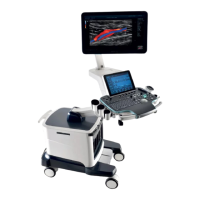10 - 15
■ If the number of consecutive PVCs is greater than or equal to the V-Tach PVCs limit (6), and the ventricular
rate (Vent Rate) is greater than or equal to the V-Tach Rate limit (130), a V-Tach alarm is generated.
■ If the number of consecutive PVCs is lower than the V-Tach PVCs limit (6) but greater than 2, and the
ventricular rate is greater than or equal to the V-Tach Rate limit (130), a Nonsus V-Tach alarm is generated.
■ If the number of consecutive PVCs is greater than or equal to the V-Brady PVCs limit (5), and the ventricular
rate is lower than the V-Tach Rate limit (130) but greater than or equal to the V Brady Rate limit (40), a Vent
Rhythm alarm is generated.
■ If the number of consecutive PVCs is lower than the V-Brady PVCs limit (5) but greater than 2, and the
ventricular rate is lower than the V-Tach Rate limit (130), a Run PVCs alarm is generated.
■ If the number of consecutive PVCs is greater than or equal to the V-Brady PVCs limit (5), and the ventricular
rate is lower than the V Brady Rate limit (40), a Vent Brady alarm is generated.
10.7.5 Arrhythmia Alarms
Normally, an arrhythmia alarm is presented when an alarm condition is detected. However, there are certain
situations that can inhibit audible and visible alarm indications even though an alarm condition was detected.
For more information, see 10.7.5.1Arrhythmia Alarm Chains and 10.7.5.2Setting Arrhythmia Alarm Shielding
Period.
10.7.5.1 Arrhythmia Alarm Chains
If multiple alarms overlap, announcing all of the detected alarm conditions would be confusing, and a more
serious condition might be overlooked. So arrhythmia alarms are prioritized by alarm “chains”.
